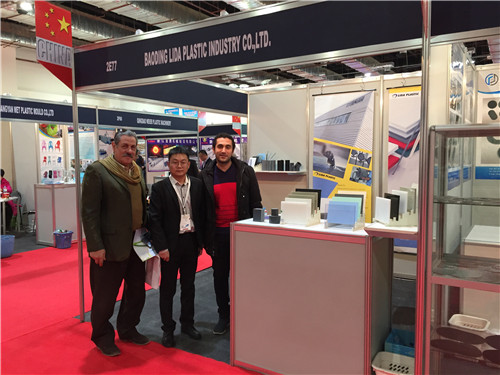Sult . 10, 2024 10:16 Back to list
Safe Polypropylene Cutting Boards - Durable and Non-Toxic Kitchen Essentials
The Safety of Polypropylene Cutting Boards
In the culinary world, safety and hygiene are paramount, especially when it comes to food preparation. One material that has gained popularity for cutting boards is polypropylene. This thermoplastic polymer not only offers durability but also has several safety benefits that make it an excellent choice for both home cooks and professional chefs.
Polypropylene cutting boards are known for their non-reactive properties. Unlike wooden or bamboo boards, which can absorb moisture and harbor bacteria, polypropylene does not absorb liquids. This characteristic minimizes the risk of bacterial growth, making it safer for food preparation. Studies have demonstrated that polypropylene surfaces are easier to clean and sanitize, ensuring that they remain hygienic even after repeated use. A simple wash with soap and water, or a run through the dishwasher, can effectively eliminate harmful pathogens.
Another critical aspect of polypropylene cutting boards is their resistance to stains and odors. Foods like tomatoes, onions, and garlic can often leave lingering smells and stains on wooden boards. However, polypropylene's non-porous surface prevents staining and makes it easier to eliminate odors, allowing chefs to maintain a clean workspace without the risk of flavor contamination.
polypropylene cutting board safe

When it comes to safety concerns regarding the materials used to produce cutting boards, polypropylene stands out with its FDA-approved status for food contact. This certification ensures that the material is safe to use for food preparation, providing peace of mind to users. Unlike certain plastics, polypropylene does not leach chemicals into food, particularly when exposed to heat. This makes it a safer option for cooking and food storage.
Additionally, polypropylene cutting boards are often lightweight and easy to handle, which can reduce the risk of accidents in the kitchen
. Their flexibility enables users to easily transfer food from the board to pots or pans, minimizing the mess and the chances of injury.It's essential to note, however, that while polypropylene cutting boards are safer than many alternatives, they are not entirely impervious to wear and tear. Over time, the cutting surface can develop grooves from knives, which can harbor bacteria if not cleaned properly. Therefore, it is recommended to replace cutting boards when they show significant signs of wear.
In conclusion, polypropylene cutting boards offer a safe, hygienic, and practical option for food preparation. Their non-porous nature, resistance to stains and odors, and FDA approval make them a favored choice among culinary professionals and home cooks alike. By choosing polypropylene, users can enjoy a reliable cutting surface that prioritizes food safety without compromising on functionality.
-
Premium CPVC Sheet: High-Temp & Chemical Resistant Solutions
NewsAug.15,2025
-
Durable PPR Pipe for Hot & Cold Water Systems - Easy Install
NewsAug.14,2025
-
Durable HDPE Sheet | Versatile & Impact-Resistant Plastic
NewsAug.13,2025
-
Premium PVC Soft Sheets: Clear, Flexible & Durable
NewsAug.12,2025
-
Premium PVC Round Rods: Durable, Chemical Resistant, Easy to Machine
NewsAug.11,2025
-
PP U-channel: Chemical-Resistant, Lightweight & Durable
NewsAug.10,2025

